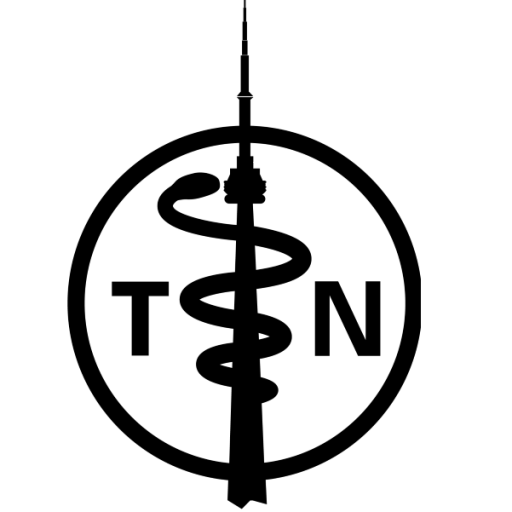OSCE Cases
- General OSCE Tips
- Head & Neck OSCE Stations
- Respirology OSCE Stations
- Cardiovascular OSCE Stations
- Gastroenterology OSCE Stations
- Peripheral Vascular OSCE Stations
- Neurology OSCE Stations
- Musculoskeletal OSCE Stations
- Psychiatry OSCE Stations
- Urology OSCE Stations
- Geriatrics OSCE Stations
- Women’s Health OSCE Stations
- Pediatrics OSCE Stations
Cardiovascular OSCE Stations
You are seeing Mrs. Chan, an 81 year old female, in the ER for a one week history of progressive shortness of breath. Take a focused history of her complaint.
History
- Onset and duration of shortness of breath
- Progression of shortness of breath
- Alleviating factors
- Orthopnea
- Asks about nighttime symptoms and paroxysmal nocturnal dyspnea
- Association with cough
- Chest pain
- Palpitations
- Leg swelling
- Nocturia
- Abdominal distension
- Syncope, pre-syncope
- Presence of fever, chills, and other systemic symptoms
- Adherence to medications, diet
- Personal history of CHF, CAD, MI, and CVA
- Smoking history (quantity in pack-years)
- Occupational history
- Diabetes
- Dyslipidemia
- Hypertension
- Current medications
- Family history of heart disease
- Effect on daily activities
Physical Examination
Inspection
- Inspects patient, comments on respiratory status
- States that weight should be measured for BMI/fluid overload status
- Volume Status
- Examines lower extremities for pitting edema
- Examines JVP and comments on its estimated height
- Measures pulse, comments on rate and rhythm
- Evaluates patient’s orthostatic vitals
- Examines the abdomen for ascites and a pulsatile liver, indicating right heart failure
Pre-cordium/Carotid
- Palpates for the presence of thrills, heaves
- Palpates PMI and comments on size, amplitude, duration, and location
- Auscultates in all 4 areas of precordium with bell and diaphragm
- Comments on presence of murmurs, extra heart sounds
- Examines carotid arteries for bruits
Respiratory
- Percusses posterior chest, comments on dullness
- Auscultates all lung fields, commenting on presence of crackles, wheezes or other adventitious breath sounds
You are seeing Mr. Alexander, a 55 year old male, in the ER for a one week history of worsening and debilitating chest pain. Take a focused history of his complaint.
History
- Onset and duration of chest pain
- Location of pain
- Severity of pain
- Alleviating factors
- Aggravating factors, especially activity
- Frequency of chest pain
- Radiation of pain
- Association with shortness of breath
- Diaphoresis
- Palpitations
- Nausea/vomiting
- Symptoms of syncope
- Personal history of coronary artery disease and myocardial infarction
- TIA/Stroke
- Diabetes
- Dyslipidemia
- Hypertension
- Smoking history (quantity in pack-years)
- Family history of heart disease
- Effect on daily activities/occupation
- Patient’s concern as to the cause of the pain
Physical Examination
Inspection/Palpation
- Inspects precordium for scars, pulsations
- Palpates for the presence of thrills, heaves
- Palpates PMI and comments on size, amplitude, duration, and location
Carotid/JVP
- Examines JVP and comments on its estimated height
- Palpates the carotid arteries bilaterally
- Auscultates the carotid arteries for bruits
Auscultation
- Auscultates in all 4 areas of precordium with bell and diaphragm
- Comments on presence of murmurs, extra heart sounds
- Auscultates the lungs
Please assess the volume status of Mr. Kennedy, a 61 year old male, and comment on your findings.
Physical Examination
Vitals
- Assesses heart rate by palpating the radial pulse
- Measures blood pressure while supine
- Assesses orthostatic changes by measuring blood pressure and heart rate with patient standing
- Comments on vital signs findings of a patient who is hypovolemic
JVP
- Observes JVP with correct patient position (30 degrees head-up-tilt); adjusts patient accordingly if JVP is not initially evident
- Confirms JVP by changing angle of head of bed
- Occludes JVP to confirm location
- Comments on the multiple waveforms of the JVP
- Comments on the JVP height
Peripheral Vasculature
- Comments on capillary refill
- Comments on skin turgor, mottling
- Comments on mucus membranes
- Examines for peripheral edema
- Comments on peripheral temperature
You are seeing Mrs. Diaz, a 68 year old female, who is in your office because she says she has recurrent episodes of ‘fainting.’ Take a focused history of her complaint.
History
Syncope
- Onset of syncope
- Timing of syncope
- Frequency
- Duration of syncopal episodes
- Activity surrounding syncope
- Changes in position before syncope
- Distinguishes if true syncope, i.e. full loss of consciousness
Pre-syncopal signs and symptoms
- Distinguishes syncope from dizziness and vertigo
- Chest pain before syncope
- Shortness of breath
- Palpitations
- Focal neurologic deficits (vision, numbness, weakness)
- Systemic neurologic deficits
Post-syncopal signs and symptoms
- Post-ictal confusion
- Incontinence
- Weakness
- Personal history of heart disease
- Personal history of seizure
- Cardiac risk factors
- Family history of heart disease, seizure disorders
